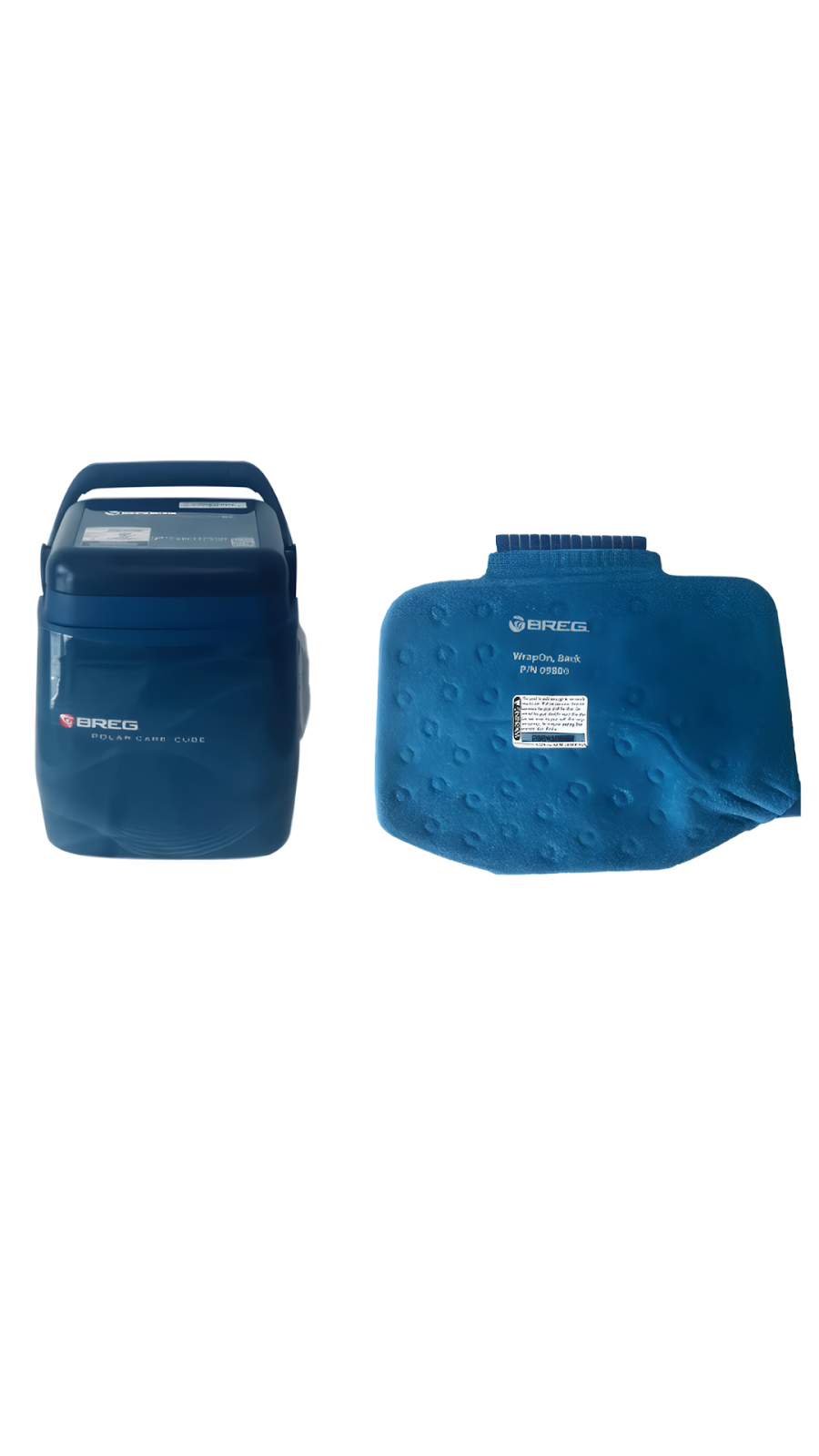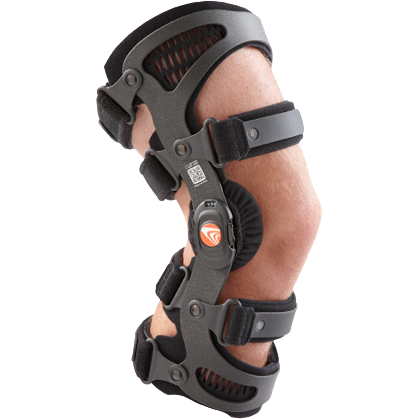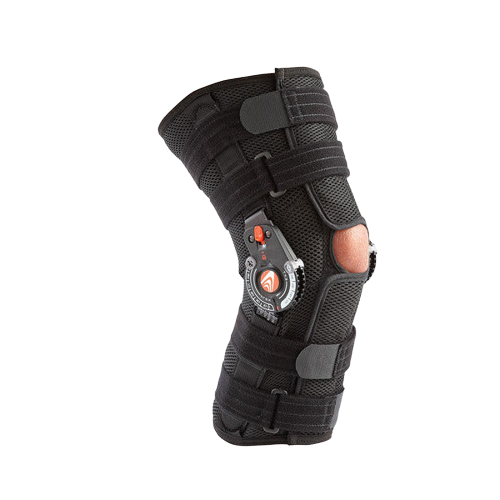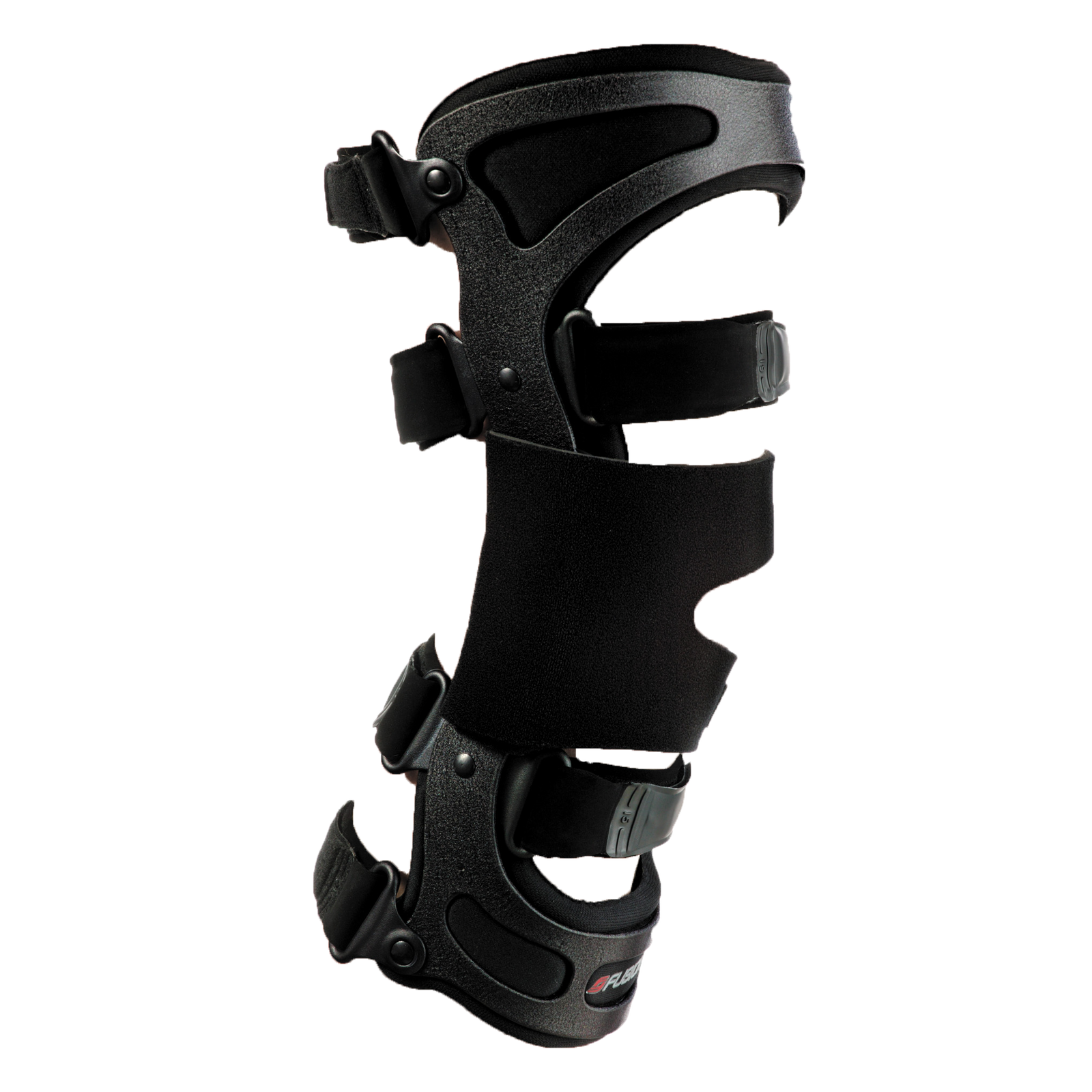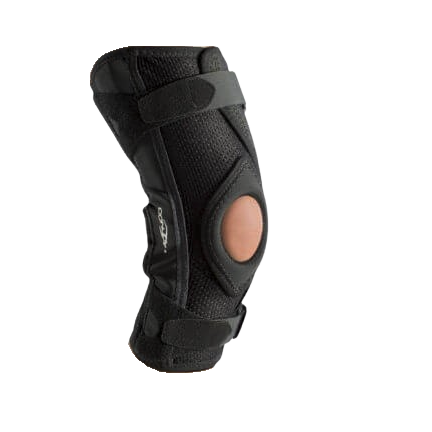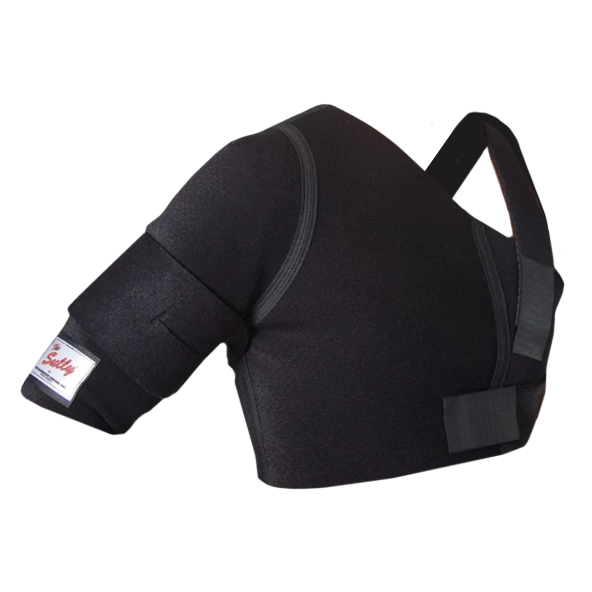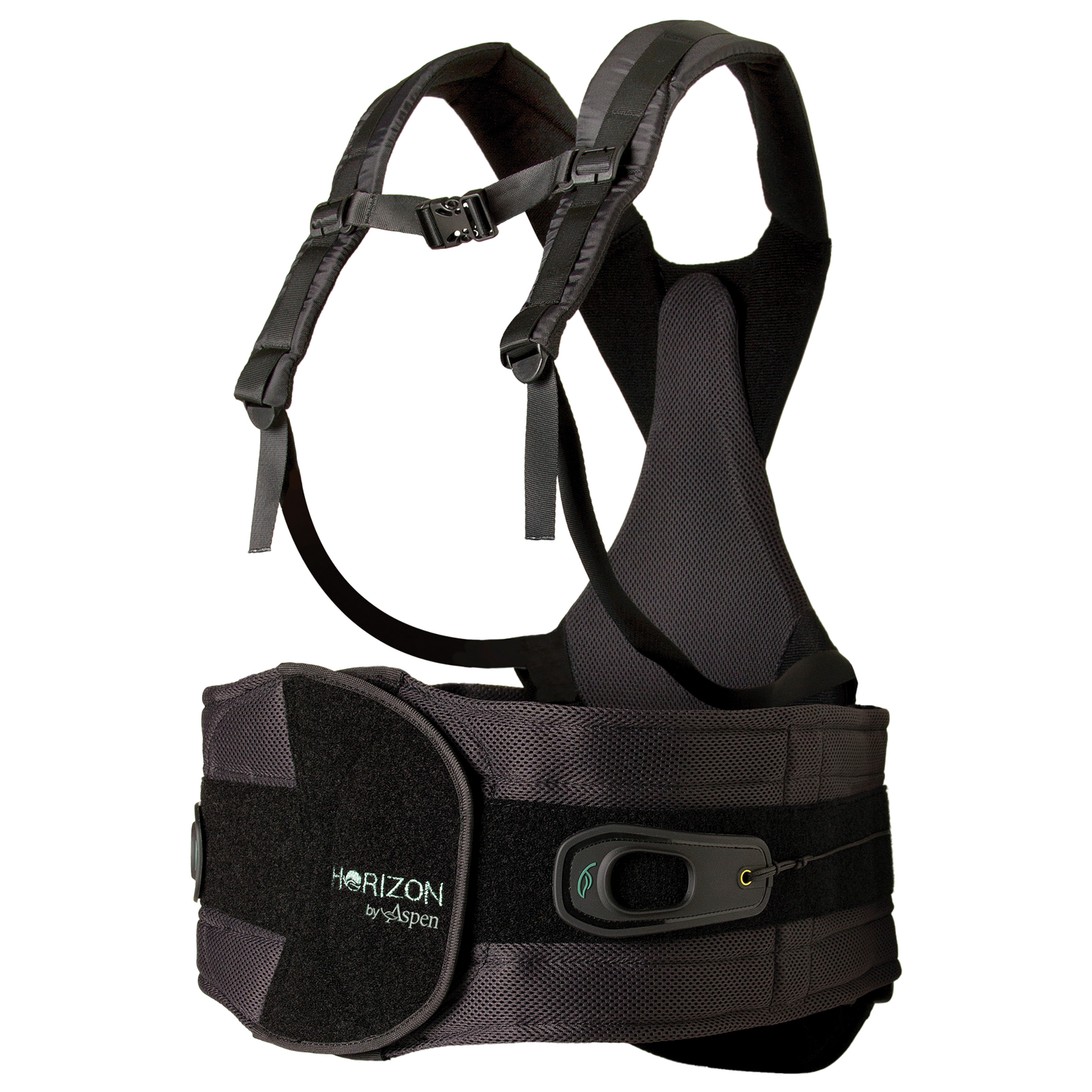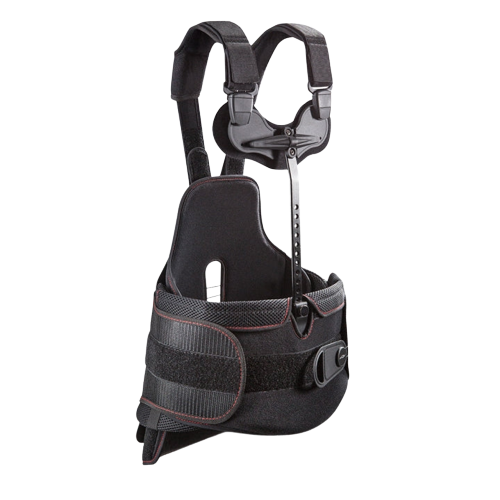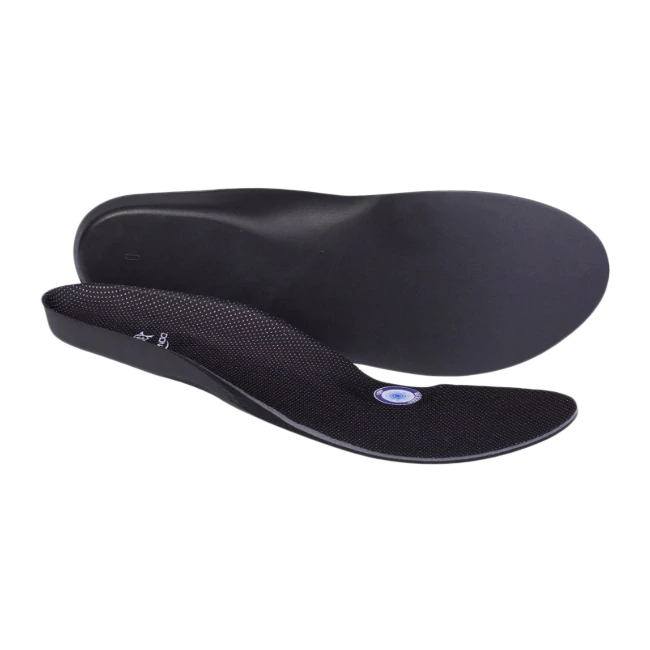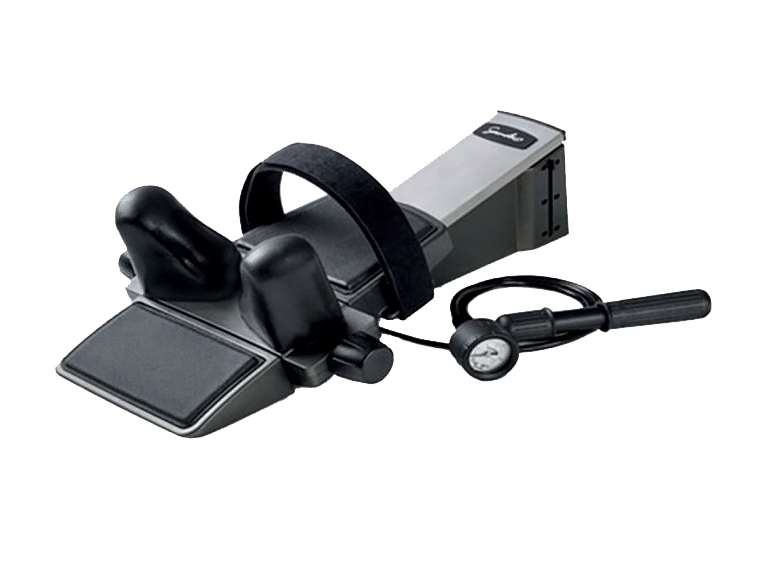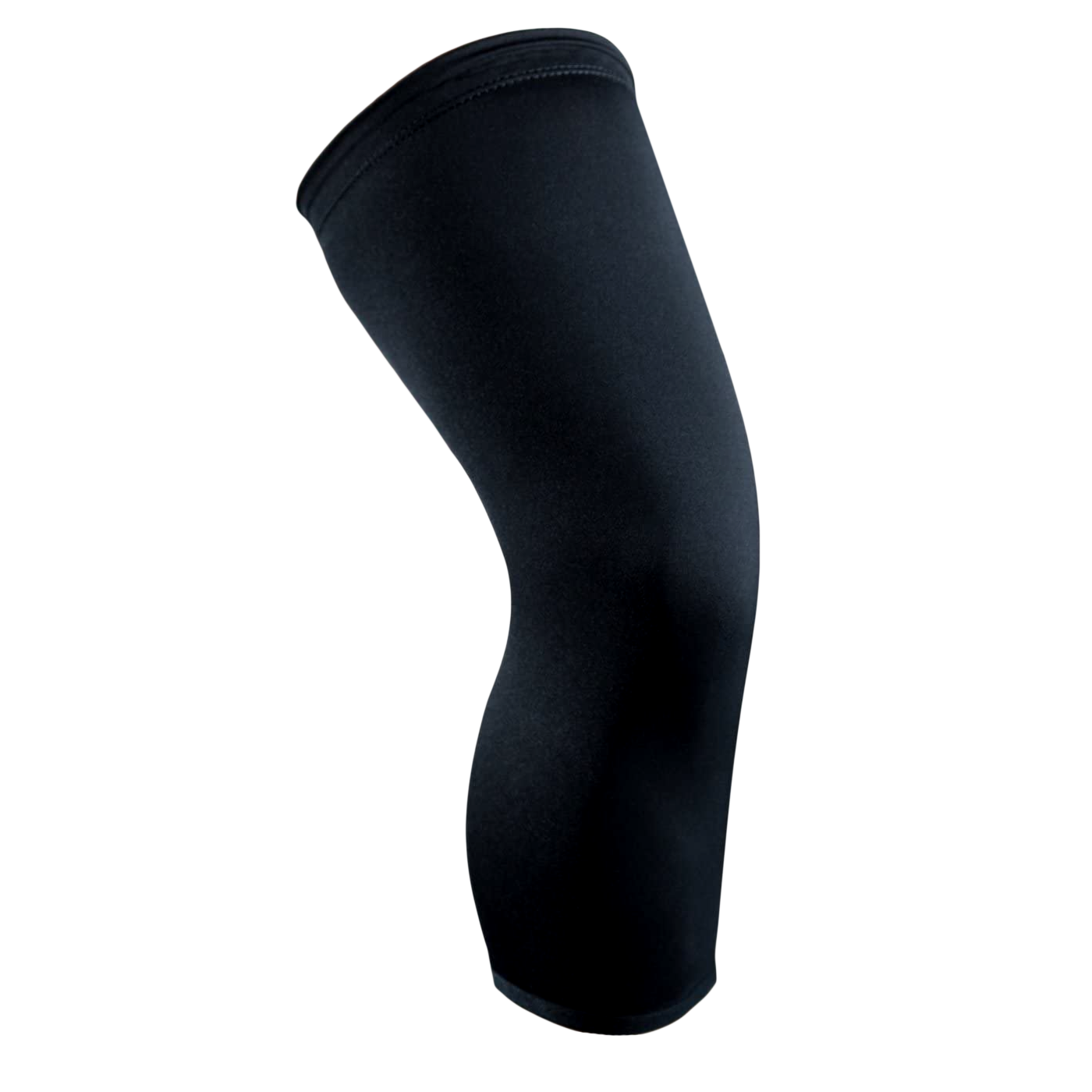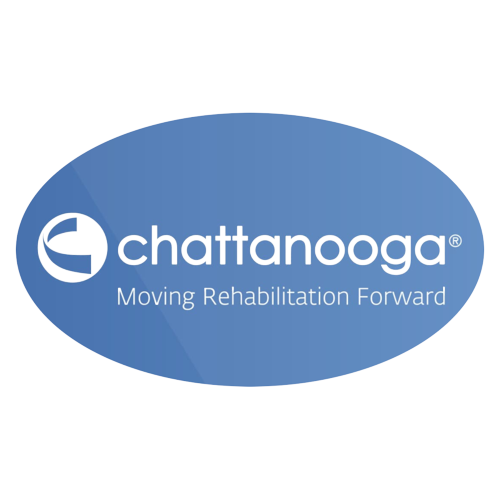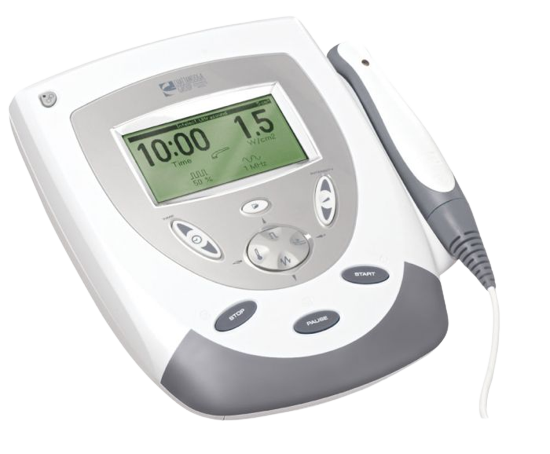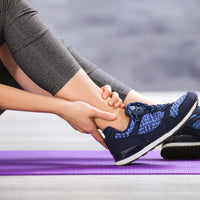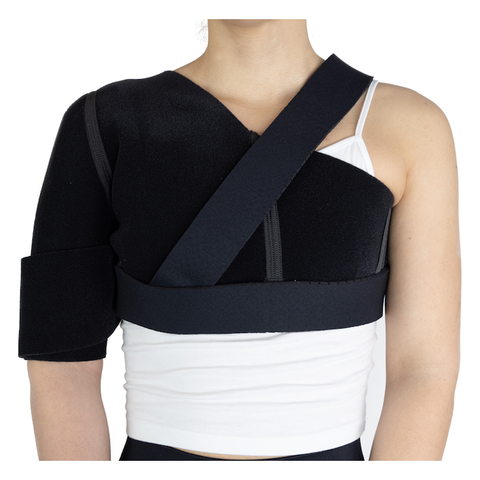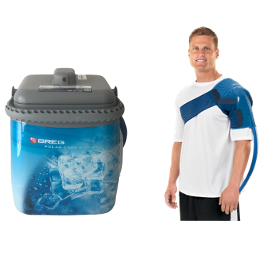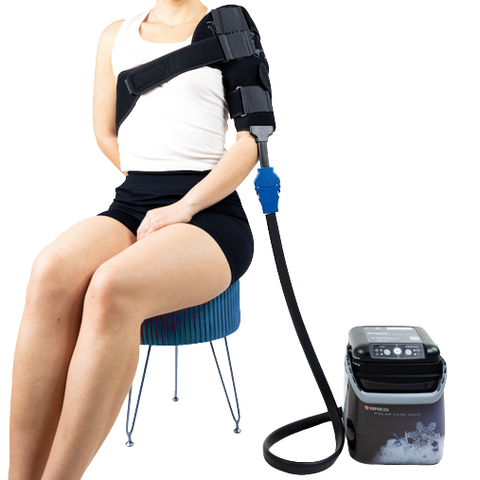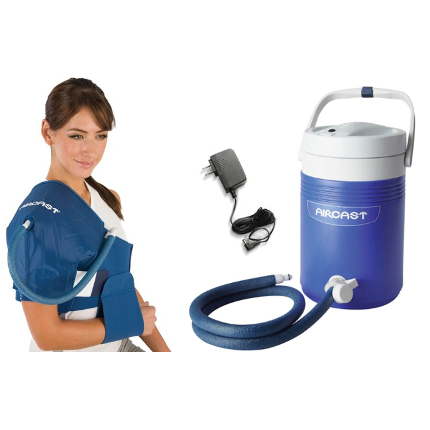
Key Takeaways:
- A Well-Selected Shoulder Brace can significantly enhance recovery by stabilizing, reducing pain, and promoting correct posture.
- High-Quality, Adjustable Shoulder Braces from trusted brands offer the needed support throughout various stages of recovery.
- Careful Analysis Of Your Symptoms will aid comprehensive recovery, addressing immediate support and long-term strength and flexibility.
Walls exist to be overcome.
Athletes often sustain injuries, but the strain of everyday activities can send anyone into a recuperation phase. And on the path of regaining mobility, shoulder pain can feel like an anchor holding you back.
At OrthoBracing, we understand your challenges because we’ve been there. With years of experience providing top-tier orthopedic solutions, we’ve helped countless people get back on their feet — or shoulders, in this case.
In this article, we’ll explore the best shoulder braces to help you regain strength, relieve pain, and support your recovery.
Benefits Of A Shoulder Brace For Injury Recovery
When faced with a shoulder injury or condition, finding the right support is crucial to promote healing, reduce pain, and quickly return to daily activities. A shoulder brace is a fundamental tool in the recovery process, offering a multitude of benefits to cater to the needs of those seeking orthopedic support. Here are some key advantages of incorporating a shoulder brace into your recovery:
Provides Stabilization and Support
A shoulder brace stabilizes the injured area, ensuring the shoulder maintains a proper position to foster healing. This support is essential for preventing further injury and recovering torn ligaments, sprains, and other shoulder conditions. Securing the shoulder in a fixed position reduces the strain on the injured tissues, allowing them to rest and heal more effectively.
Minimizes Pain and Discomfort
Wearing a shoulder brace can significantly lessen the pain and discomfort of shoulder injuries. The compression provided by the brace helps reduce swelling and inflammation, two primary sources of pain. This compression also improves blood circulation to the shoulder, crucial for delivering nutrients and oxygen to speed up the healing process.
Encourages Correct Posture
Often, shoulder injuries can lead to poor posture as individuals unconsciously adjust their stance to alleviate pain from the affected area. A shoulder brace helps maintain a correct and healthy posture by aligning the shoulder naturally. This not only aids in the recovery process but also prevents the development of further postural issues.
Facilitates a Speedier Recovery
A shoulder brace's combined effect of stabilization, pain reduction, and posture correction enhances the body's natural healing process. By creating an optimal environment for recovery, a shoulder brace ensures you can return to your normal activities more quickly. It encourages movement within a safe range, which is essential for regaining strength and flexibility without overextending the injured shoulder.
When Should You Consider Using A Shoulder Brace? Core Signs And Symptoms
Selecting the best shoulder brace for your needs is crucial for recovery and pain relief. However, understanding when to use a shoulder brace is equally important. Shoulder braces are designed to support, protect, and alleviate pain in your shoulder following injury or surgery.
They can also be a preventive measure during activities that strain your shoulder. Here are some key signs and symptoms indicating that it might be time to consider using a shoulder brace:
Persistent Pain
If you’re experiencing continuous shoulder pain that doesn’t improve with rest or basic home remedies, a shoulder brace may help. Pain can signify underlying issues such as a rotator cuff injury, sprain, or inflammation, where additional support could aid in managing discomfort and promoting healing.
Weakness in the Shoulder
Weakness or a significant decrease in the ability to lift objects or perform daily activities due to shoulder discomfort is a telltale sign. A brace can provide the necessary stability to your shoulder, helping you to perform functions with less pain and risk of further injury.
Recovery and Rehabilitation
Your healthcare provider may recommend using a shoulder brace after you undergo shoulder surgery or suffer an acute injury. It protects the affected area and limits harmful movements to ensure optimal healing.
Instability
Feeling like your shoulder might "give way" or experiencing sudden, unpredictable sensations of weakness indicates instability. This can result from stretched or torn ligaments. A brace stabilizes the joint and prevents dislocation.
Preventive Measures
Athletes or individuals engaging in heavy lifting or repetitive shoulder motions might use a shoulder brace as a preventive measure. It helps distribute the stress evenly across the shoulder, reducing the risk of injury.
Posture Correction
Poor posture, mainly while seated for extended periods, can contribute to shoulder pain and discomfort. Certain shoulder braces are designed to realign your spine and shoulder position, promoting a healthier posture and reducing strain.
Consult with a healthcare professional to ensure a shoulder brace is suitable for your specific condition. They can also guide the type and duration of use for optimal recovery.
Different Types Of Shoulder Braces: Which One Is Right For You?
A broad range of braces available, so studying the different types and their benefits is essential. Below, we explore the primary shoulder braces you'll encounter, helping you make an informed decision tailored to your recovery:
Compression Shoulder Braces
Compression braces provide gentle pressure around the shoulder joint, enhancing circulation and reducing swelling. They’re typically made of breathable, lightweight materials, offering comfort and support. This type is best for individuals recovering from minor strains or looking to prevent injuries during activities.
Stability Shoulder Braces
For those recovering from more serious injuries, such as dislocations or significant strains, stability braces offer a higher level of support. These braces limit the range of motion, protecting the shoulder from movements that could hinder recovery. They often come with adjustable straps and pads to ensure a tailored fit that maximizes protection without sacrificing comfort.
Sling Braces
Sling braces are commonly recommended after surgery or in cases of severe injury. They immobilize the shoulder and arm, ensuring the joint remains in a position that promotes healing. Although sling braces are typically more cumbersome, they are essential for periods where no movement is advised.
Cold Therapy Braces
These braces use cold therapy to reduce pain and swelling by applying cold temperatures directly to the shoulder area. While these braces can be highly effective for pain management, it’s important to follow guidelines for duration to avoid skin damage. OrthoBracing's range includes top-quality options for safe, controlled cold application, ensuring you can manage pain effectively without compromising skin health.
How To Properly Fit And Adjust Your Shoulder Brace For Maximum Support
A well-adjusted brace provides optimal support and ensures comfort during prolonged use. Follow these steps to ensure your shoulder brace delivers the maximum support you need to expedite your healing process:
Step 1: Start with the Right Size
Before adjusting your brace, make sure you've selected the correct size — an ill-fitting brace, whether too large or too small, can hinder your recovery process. Measure your arm and chest based on the manufacturer's guidelines to find your perfect fit. Remember, sizing can vary between brands, so it's crucial to consult the sizing chart of the specific brace you're interested in.
Step 2: Adjust for Comfort and Support
Once you have the right size, carefully put on the brace as instructed by the manufacturer; shoulder braces typically come with adjustable straps. Start by loosely fitting these straps, then gradually tighten them until you feel firm yet comfortable support. The brace shouldn’t impede circulation or cause discomfort, as these issues can significantly impact your recovery.
Step 3: Test the Range of Motion
With the brace on, gently move your arm and shoulder to test the range of motion. A properly adjusted brace will support the injured area while still allowing for a degree of movement necessary for daily activities. If you feel any pinching or restrictive discomfort, readjust the straps accordingly.
Step 4: Reassess and Readjust as Needed
Your needs may change as you progress through your recovery. Periodically reassess the fit of your shoulder brace to ensure it continues to provide the desired level of support without causing discomfort. Swelling may decrease over time, necessitating tighter adjustments, or you may prefer a looser fit during certain activities.
Step 5: Seek Professional Advice if Unsure
If you have any doubts about adjusting your shoulder brace correctly, or if adjustments don't seem to alleviate discomfort, consult a healthcare professional. They can provide personalized guidance to ensure your brace supports your recovery as effectively as possible.
Common Shoulder Injuries That Require A Brace
Understanding the common types of shoulder injuries can help you recognize the need for a brace and the importance of choosing the right one. Here’s a play-by-play to help you make this critical decision:
Rotator Cuff Injuries
The rotator cuff is a group of muscles and tendons that surround the shoulder joint, keeping the head of your upper arm bone firmly within the shoulder's shallow socket. Injuries here can range from mild strains to complete tears. Symptoms include pain, especially when lifting the arm, and weakness. A shoulder brace can support the rotator cuff, aiding the healing process by restricting harmful movements and promoting the correct posture.
Shoulder Dislocations
Shoulder dislocations occur when the ball of the upper arm bone pops out of the shoulder socket. This painful condition can lead to instability and weakness in the shoulder. Using a shoulder brace post-dislocation can help immobilize the shoulder, reduce pain, and prevent further injury while the shoulder heals.
Frozen Shoulder (Adhesive Capsulitis)
A Frozen Shoulder is characterized by stiffness and pain in the shoulder joint. Signs of a frozen shoulder include being unable to move your shoulder freely, pain, and tightness that may worsen at night. A shoulder brace can help manage the pain and support the shoulder as it goes through the stages of freezing, freezing, and thawing, thereby ensuring a smoother recovery process.
AC Joint Injury
The acromioclavicular (AC) joint is where the collarbone meets the highest point of the shoulder blade. Injuries to the AC joint are common, especially due to falls or direct contact. They can cause significant pain and swelling. A brace can be essential in stabilizing the joint, reducing pain, and preventing further damage while healing.
Post-surgery Rehabilitation
A brace is often required to ensure the shoulder remains immobilized after shoulder surgery, such as rotator cuff repairs or shoulder replacement. This is crucial for proper healing. A brace designed for post-surgery rehabilitation can offer the necessary support, limit harmful movements, and facilitate a quicker return to normal activities.
Final Thoughts
OrthoBracing has worked to understand the needs and preferences of countless recoveries, curating a selection of high-quality shoulder braces designed to offer comfort, adjustability, durability, and unmatched support. Choose the right product will help you effectively reduce pain, promote healing, and facilitate a quicker return to their normal activities.
Read also:
- Shoulder Immobilizer vs Sling: What’s the Difference and Which is Right For You?
- How to Use Breg Polar Care Cube for Shoulder: Instructions for Effective Recovery
- How to Make a Shoulder Sling DIY
Frequently Asked Questions About The Best Shoulder Brace
What is a shoulder brace?
A shoulder brace is an orthopedic device designed to provide support, reduce pain, and encourage proper alignment of the shoulder joints and muscles. It is commonly used to recover from injuries or surgeries or to provide stability for weakened or overused shoulders.
Can I wear a shoulder brace while playing sports?
Yes, wearing a shoulder brace while engaging in sports can provide additional support to your shoulder and may prevent further injury. However, it is crucial to choose a brace specifically designed for athletic activity, offering support, flexibility, and comfort during movement.
How long should I wear a shoulder brace each day?
The duration of wearing a shoulder brace varies depending on the individual's condition and the advice of a healthcare professional. For optimal results, follow the recommended duration, which may range from a few hours to an entire day, depending on the level of support needed and the stage of recovery.
Is it okay to sleep with a shoulder brace on?
Sometimes, wearing a shoulder brace while sleeping can help maintain proper shoulder alignment and prevent unnecessary strain. If your healthcare provider recommends nighttime use, ensure the brace is comfortable and does not restrict circulation.
How do I clean my shoulder brace?
To maintain hygiene and effectiveness, it is essential to regularly clean your shoulder brace according to the manufacturer's instructions. Most braces can be hand-washed with mild detergent and air-dried. When drying, avoid high temperatures and direct sunlight to prevent damaging the brace material.
Can a shoulder brace be worn under clothing?
Yes, many shoulder braces are designed to be discreet and can be comfortably worn under clothing. When selecting a shoulder brace, look for sleek options made with breathable materials to ensure they remain unobtrusive and comfortable throughout the day.

